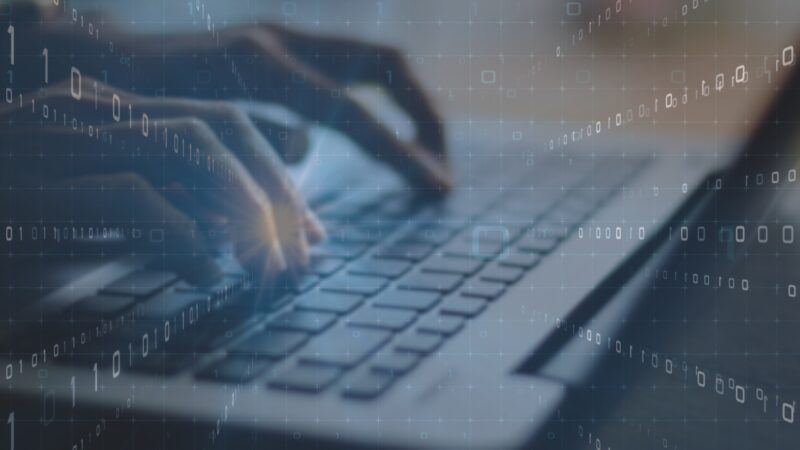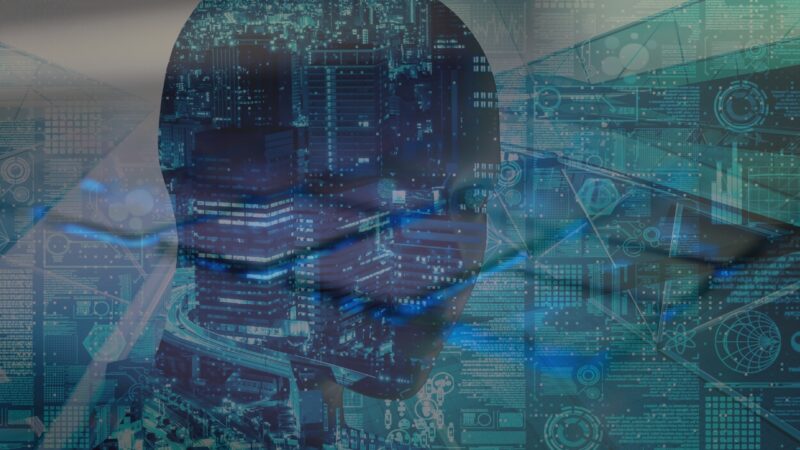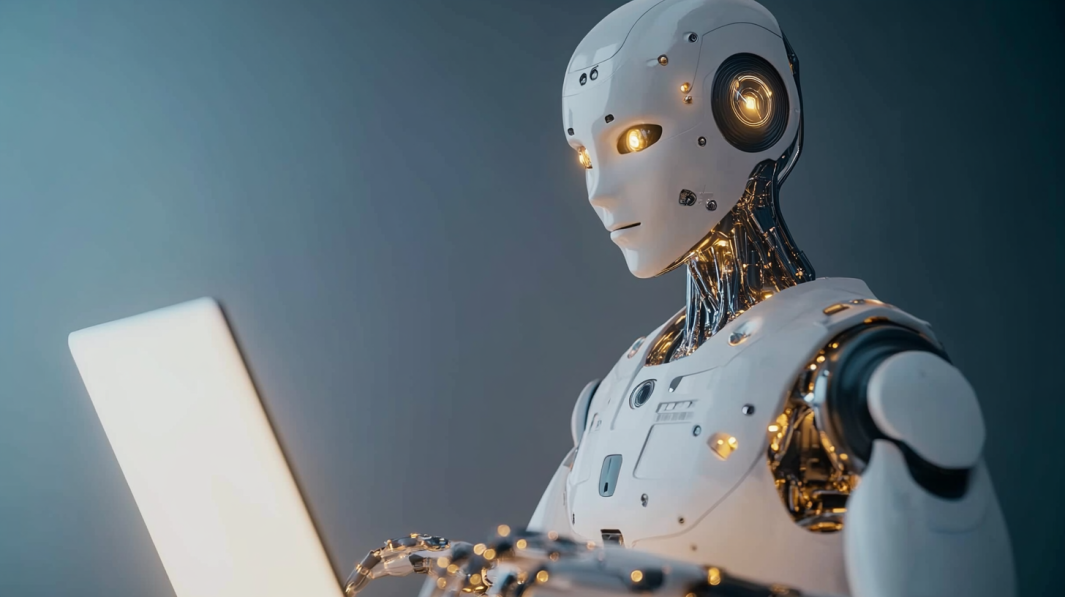Plagiarism has long been a significant issue in academic and professional settings, where the originality of work is paramount. For years, traditional plagiarism checkers have served as the primary tool to combat this issue.
These tools compare a given piece of text against vast databases of published material, detecting similarities and identifying instances of copied content. They have been crucial in maintaining academic integrity and ensuring that writers and researchers produce original work.
This article explores the growing importance of AI content detectors and their role in maintaining integrity in writing. It examines how these tools differ from traditional plagiarism checkers, their effectiveness in detecting AI-generated text, and whether they have the potential to replace plagiarism checkers altogether.
How AI Content Detectors Work

Artificial intelligence content detectors operate differently from plagiarism checkers. They do not compare text with existing sources. Instead, they analyze the writing style, sentence structure, and use of language to identify AI-generated patterns. This technology can recognize subtle differences that set artificially generated text apart from human writing.
For example, an AI content detector like Zero GPT can examine the flow of sentences, choice of words, and overall coherence to determine if artificial intelligence was involved.
These tools can be helpful for educators, employers, and content creators. They provide a way to maintain authenticity and integrity in writing. However, the effectiveness of AI content detectors is still a topic of discussion.
The Rise of AI-Generated Text
Artificial intelligence tools can now generate human-like text. They can produce articles, essays, and even creative writing pieces with a few prompts. This advancement brings a new challenge: How do we know if a text was written by a human or generated by AI?
Traditional plagiarism checkers detect copied text by comparing it with a vast database of published work. But AI-generated text is original in form, even though it might be based on existing knowledge.
Plagiarism checkers cannot detect this type of originality. This is where artificial intelligence content detectors come into play. They are designed to identify patterns, structures, and styles typical of artificially generated text.
What Are the Limitations of These Detectors?

As artificial intelligence models become more sophisticated, they can produce text that is harder to distinguish from human writing. This creates a cat-and-mouse game between artificial intelligence developers and content detector developers. The question arises: Can AI content detectors keep up with the rapid advancements in AI technology?
Another challenge is the potential for false positives. Artificial intelligence content detectors might incorrectly flag human-written text as AI-generated. This could lead to unfair penalties, especially in academic settings. The balance between detecting artificially generated text and avoiding false positives is crucial.
Comparison with Traditional Plagiarism Checkers
When evaluating AI content detectors, it’s essential to compare their functionality and effectiveness with traditional plagiarism checkers to understand the strengths and limitations of each tool.
Aspect
Plagiarism Checkers
AI Content Detectors
Purpose
Identifying copied or unoriginal text
Identifying text generated by AI
Effectiveness
Effective for detecting direct plagiarism and paraphrasing
Addresses specific issue of AI-generated text
Development Stage
Well-established and refined over years
Newer and still in early stages of development
Reliability
Reliable for identifying copied text
Still evolving, may improve over time
Comprehensive Use
Ensures text originality
Verifies that text was written by a human
Recommendation
Important for comprehensive text analysis
Complements plagiarism checkers for thorough analysis
What About Writing Integrity?

As AI-generated text becomes more sophisticated, the line between human and machine-authored content is blurring. This raises important questions about the future of writing integrity. Will AI content detectors become as essential as plagiarism checkers, or will they remain tools for specific, niche scenarios?
The Potential for Integrated Solutions
We may see AI content detectors merging with traditional plagiarism checkers, offering a more comprehensive approach to safeguarding writing integrity. But this also brings up concerns about privacy and control. How much influence should these tools have over our writing, and who gets to define what is truly authentic?
Rethinking Originality in the Age of AI
As AI increasingly contributes to writing, the concept of originality may need to be reconsidered. What does it mean to create something original when AI can produce text that mimics human writing so closely? These ethical questions will need careful thought as AI technology continues to advance.
As AI technology becomes more deeply embedded in the writing process, its role will likely expand beyond detection and into content creation itself. This evolution prompts us to consider how AI will influence not just the mechanics of writing but the very nature of creativity and authorship. How will we adapt to a future where AI is both a collaborator and a challenger in the creative process?
Practical Tips for Using AI Content Detectors

For those considering using artificial intelligence content detectors, here are a few tips:
- Use in conjunction with plagiarism checkers: AI content detectors are not a replacement for plagiarism checkers. Using both tools together provides a more comprehensive analysis.
- Understand the limitations: Be aware that artificial intelligence content detectors can produce false positives. It’s important to review flagged text carefully before making any judgments.
- Stay updated: This technology is rapidly evolving. Keep an eye on developments in its content detection tools to ensure you are using the most effective solutions.
- Consider ethical implications: Think about the ethical implications of using AI content detectors. How will it affect the way we approach writing and originality?
- Educate yourself and others: Educate yourself and those around you about AI capabilities and its limitations. This will help in making informed decisions about their use.
The Bottom Line
AI content detectors represent a new frontier in ensuring writing integrity. They offer a solution to the challenges posed by artificially generated text, but they are not without their limitations. While they may not replace plagiarism checkers entirely, they provide a valuable tool for those concerned with the authenticity of writing.
As artificial intelligence technology continues to evolve, so too will the tools designed to detect it. The future of writing may be more complex, but with the right tools and knowledge, we can navigate it successfully.
AI content detectors are a step in the right direction, but they are only one part of the solution. By using them alongside traditional plagiarism checkers, we can ensure that writing remains a human-centered activity.

